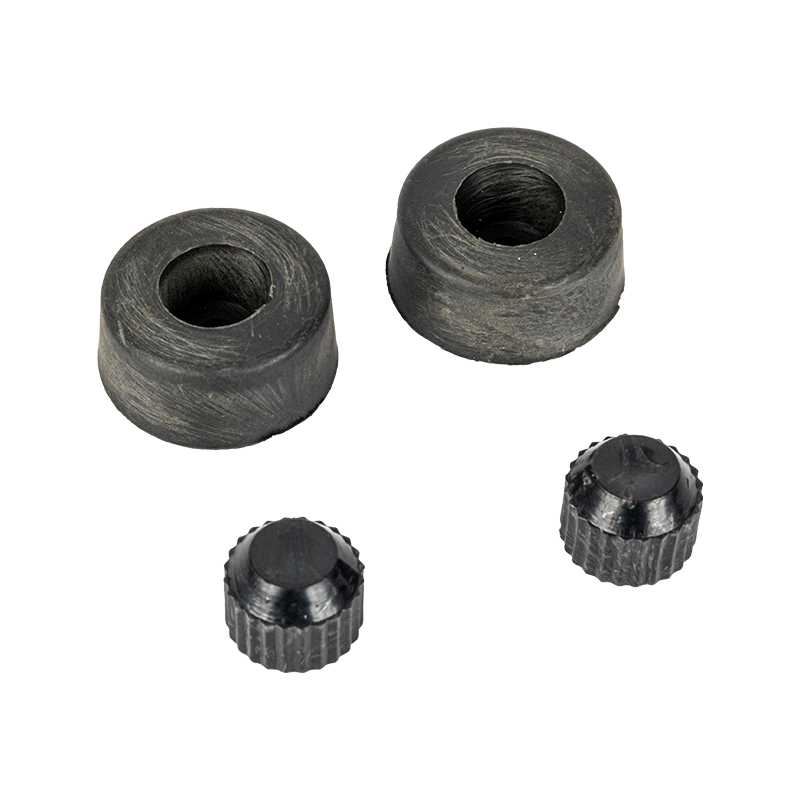Provide you with the latest enterprise and industry news.
1. Identify fault symptoms:
First, you need to carefully observe the trouble symptoms of your double-tub washing machine. This may include issues such as the washer not starting, not draining, not spinning, or making unusual noises. Each failure symptom may correspond to a different part failure, so understanding the symptoms is the first step in identifying the problem.
2. Disconnect power:
Always make sure your twin-tub washing machine is disconnected from the power supply before carrying out any repair work. Unplug the power cord or turn off the circuit breaker to ensure a safe repair process.
3. Cleaning and inspection:
For some common faults, such as the washer not draining, first check whether the drain pump and drain pipe are blocked. Sometimes, the problem may simply be caused by a clog, and cleaning these parts may resolve the issue without requiring replacement parts.
4. Read the instructions:
Read your twin-tub washing machine's instruction manual or owner's manual to find information on how to identify and replace faulty parts. These manuals usually provide a list of parts and replacement procedures. In addition, some manufacturers provide online videos or repair guides for reference.
5. Use tools:
For specific faults, you may need some basic repair tools, such as screwdrivers, wrenches, wire cutters, etc. Make sure you have the appropriate tools ready to use during the repair process.
6. Locate faulty parts:
Based on the symptoms of the problem, try to identify the part that may be causing the problem. This may include motors, controllers, drive belts, drainage pumps, water level controllers, etc. Some problems may require more detailed inspection, such as opening the fuselage to view internal parts.
7. Replace faulty parts:
Once you've identified the faulty part, you can start preparing for a replacement. Follow the steps provided in the instruction manual to disassemble and replace faulty parts step by step. Be sure to photograph or record how the parts connect before replacing them so you can refer to them when installing the new parts. Follow the manufacturer's recommendations to ensure proper wiring harness and component connections.
8. Run the test:
After installing the new part, reconnect power and test. Run the washer and see if the problem symptoms resolve. Make sure new parts work properly. During the test, make sure the washing machine runs smoothly and has no abnormal noise or vibration.
9. Regular maintenance:
In order to reduce the occurrence of malfunctions, it is very important to perform regular maintenance on your double-tub washing machine. This includes cleaning the filter, checking drains, and cleaning the inside of the unit. With regular maintenance, you can extend the life of your washing machine and reduce the likelihood of breakdowns.
10. Seek professional help:
If you are unsure about identifying or replacing a faulty part, or if the fault is more serious, it is recommended to seek help from a professional repairman. They have the expertise and experience to solve complex problems more safely and ensure repairs are done to standard
Motor Base

Motor Base


 EN
EN 英语
英语 中文简体
中文简体







